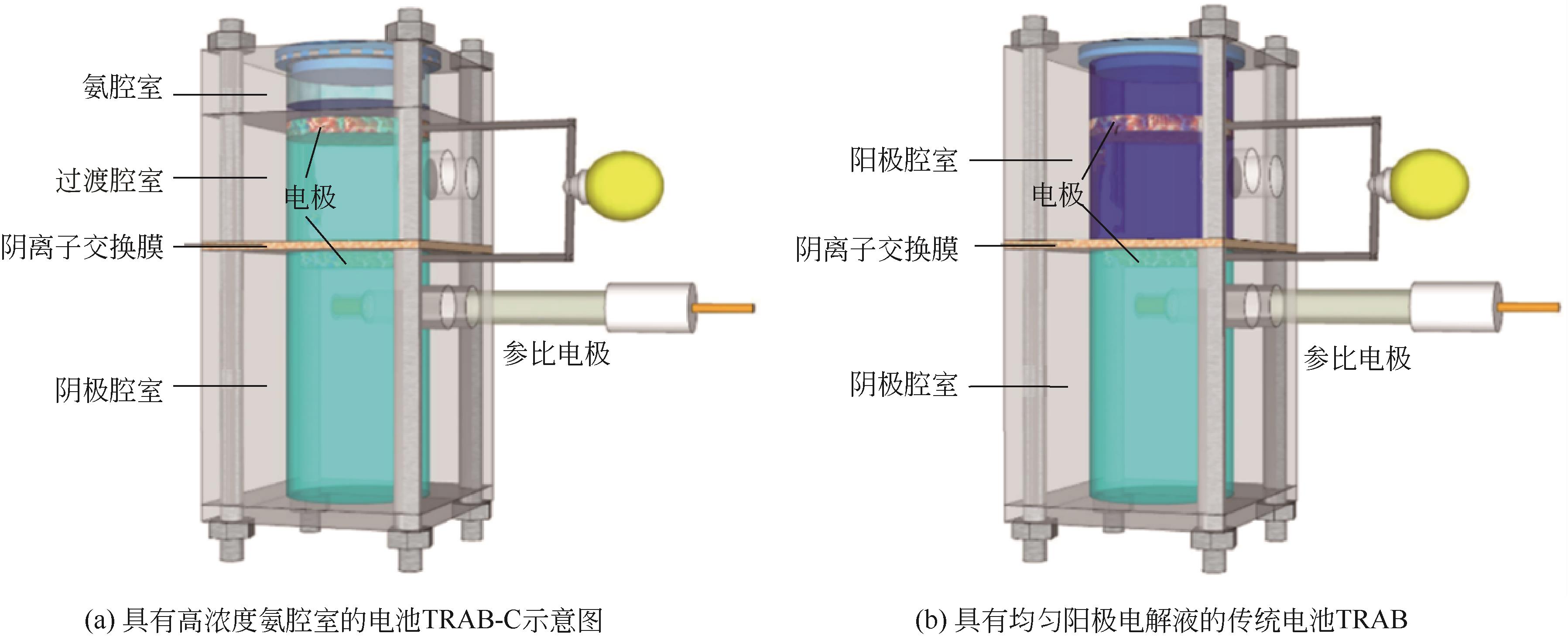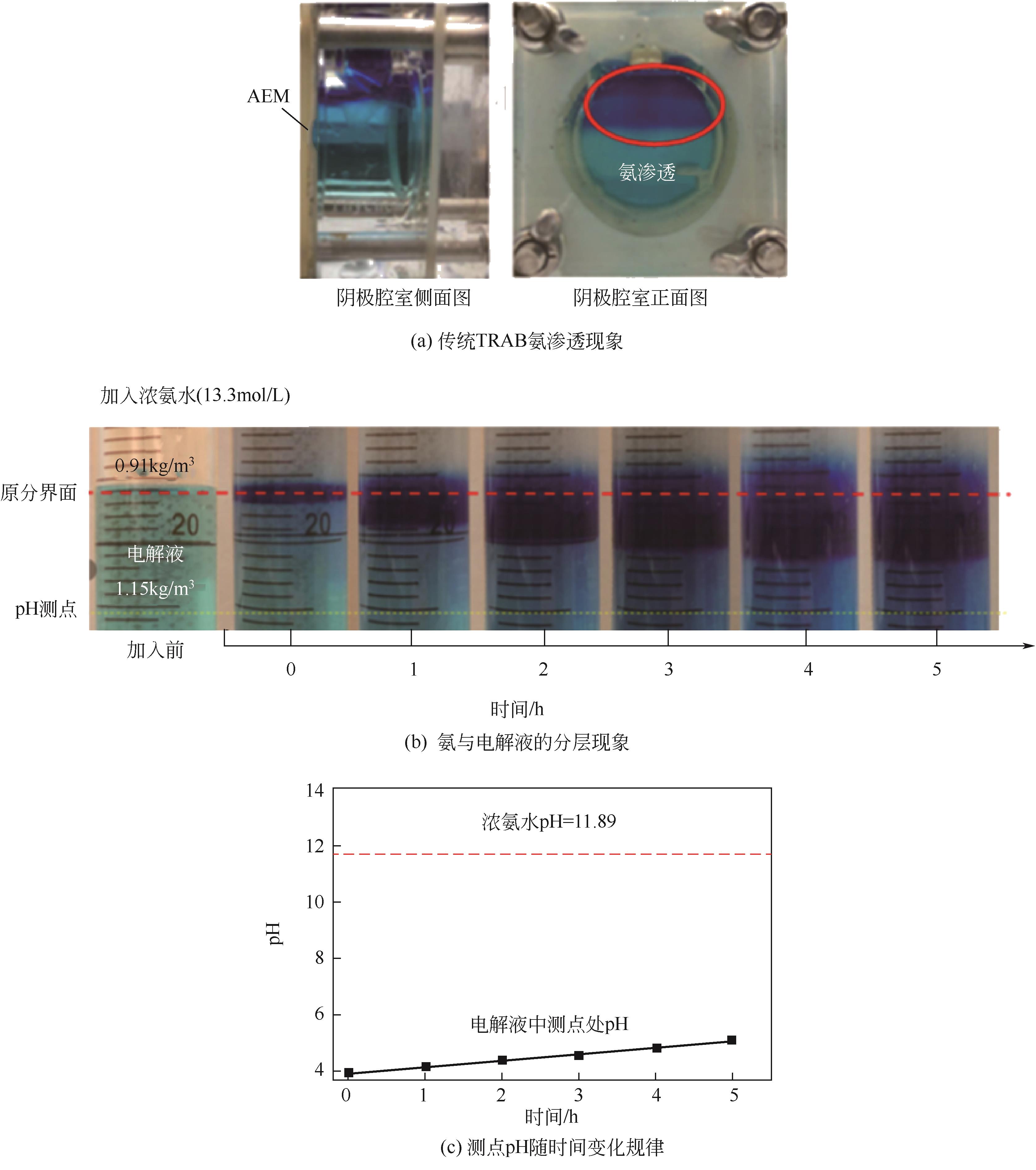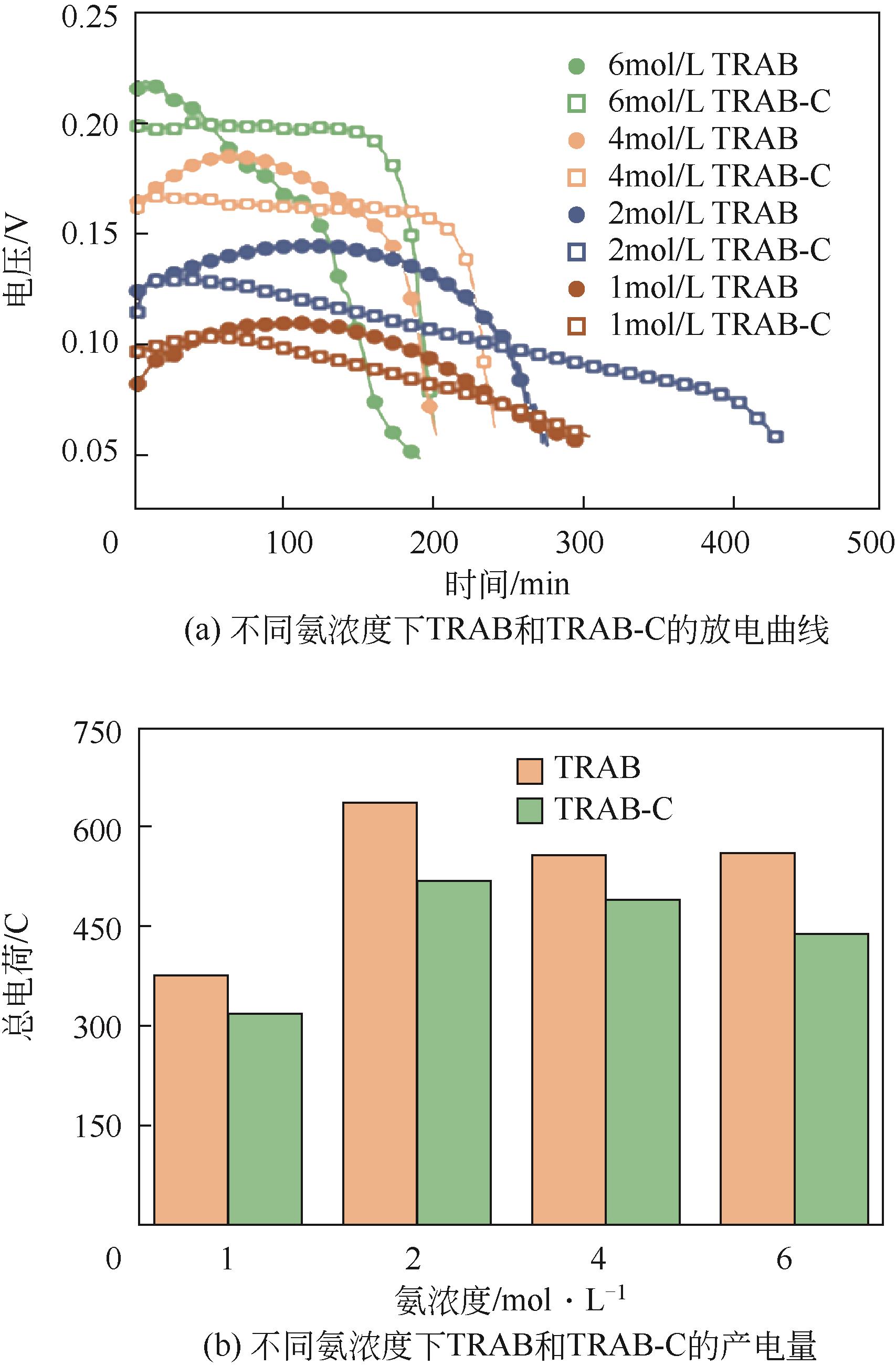| 1 |
HOFFERT Martin I, CALDEIRA Ken, BENFORD Gregory, et al. Advanced technology paths to global climate stability: Energy for a greenhouse planet[J]. Science, 2002, 298(5595): 981-987.
|
| 2 |
ZHANG Fang, LIU Jia, YANG Wulin, et al. A thermally regenerative ammonia-based battery for efficient harvesting of low-grade thermal energy as electrical power[J]. Energy & Environmental Science, 2015, 8(1): 343-349.
|
| 3 |
ZHANG Yuang, GURZADYAN Gagik G, UMAIR Malik Muhammad, et al. Ultrafast and efficient photothermal conversion for sunlight-driven thermal-electric system[J]. Chemical Engineering Journal, 2018, 344: 402-409.
|
| 4 |
SHARP J, BIERSCHENK J, LYON H B. Overview of solid-state thermoelectric refrigerators and possible applications to on-chip thermal management[J]. Proceedings of the IEEE, 2006, 94(8): 1602-1612.
|
| 5 |
STRAUB Anthony P, AKSHAY Deshmukh, ELIMELECH M. Pressure-retarded osmosis for power generation from salinity gradients: Is it viable?[J]. Energy & Environmental Science, 2016, 9(1): 31-48.
|
| 6 |
KIM Taeyoung, RAHIMI Mohammad, LOGAN Bruce E, et al. Harvesting energy from salinity differences using battery electrodes in a concentration flow cell[J]. Environmental Science & Technology, 2016, 50(17): 9791-9797.
|
| 7 |
ZHANG Fang, LABARGE Nicole, YANG Wulin, et al. Enhancing low-grade thermal energy recovery in a thermally regenerative ammonia battery using elevated temperatures[J]. ChemSusChem, 2015, 8(6): 1043-1048.
|
| 8 |
ZHU Xiuping, RAHIMI Mohammad, GORSKI Christopher A, et al. A thermally-regenerative ammonia-based flow battery for electrical energy recovery from waste heat[J]. ChemSusChem, 2016, 9(8): 873-879.
|
| 9 |
RAHIMI Mohammad, ZHU Liang, KOWALSKI Kelly L, et al. Improved electrical power production of thermally regenerative batteries using a poly(phenylene oxide) based anion exchange membrane[J]. Journal of Power Sources, 2017, 342: 956-963.
|
| 10 |
ZHANG Liang, LI Yanxiang, ZHU Xun, et al. Copper foam electrodes for increased power generation in thermally regenerative ammonia-based batteries for low-grade waste heat recovery[J]. Industrial & Engineering Chemistry Research, 2019, 58(17): 7408-7415.
|
| 11 |
RAHIMI Mohammad, Adriana D’ANGELO, GORSKI Christopher A, et al. Electrical power production from low-grade waste heat using a thermally regenerative ethylenediamine battery[J]. Journal of Power Sources, 2017, 351: 45-50.
|
| 12 |
RAHIMI Mohammad, KIM Taeyoung, GORSKI Christopher A, et al. A thermally regenerative ammonia battery with carbon-silver electrodes for converting low-grade waste heat to electricity[J]. Journal of Power Sources, 2018, 373: 95-102.
|
| 13 |
WANG Weiguang, SHU Gequn, ZHU Xiuping, et al. Decoupled electrolytes towards enhanced energy and high temperature performance of thermally regenerative ammonia batteries[J]. Journal of Materials Chemistry A, 2020, 8(25): 12351-12360.
|
| 14 |
WANG Weiguang, SHU Gequn, TIAN Hua, et al. Removals of Cu(Ⅱ), Ni(Ⅱ), Co(Ⅱ) and Ag(Ⅰ) from wastewater and electricity generation by bimetallic thermally regenerative electro-deposition batteries[J]. Separation and Purification Technology, 2020, 235: 116230.
|
| 15 |
唐志强, 张亮, 朱恂, 等. 不同Cu2+浓度下热再生氨电池产电及Cu2+去除特性[J]. 化工学报, 2019, 70(12): 4804-4810.
|
|
TANG Zhiqiang, ZHANG Liang, ZHU Xun, et al. Effect of Cu2+concentration in cathode on power generation and copper removal of thermally regenerative ammonia-based battery[J]. CIESC Journal, 2019, 70(12): 4804-4810.
|
| 16 |
RAHIMI Mohammad, SCHOENER Zachary, ZHU Xiuping, et al. Removal of copper from water using a thermally regenerative electrodeposition battery[J]. Journal of Hazardous Materials, 2017, 322: 551-556.
|
| 17 |
ZHANG Shaozhi, LUO Jielin, XU Yiyang, et al. Thermodynamic analysis of a combined cycle of ammonia-based battery and absorption refrigerator[J]. Energy, 2021, 220: 119728.
|
| 18 |
VICARI Fabrizio, ANGELO Adriana D, KOUKO Yohan, et al. On the regeneration of thermally regenerative ammonia batteries[J]. Journal of Applied Electrochemistry, 2018, 48(12): 1381-1388.
|
| 19 |
石雨, 蒋强, 张亮, 等. 再生反应器液面高度对热再生电池性能的影响[J]. 化工学报, 2021, 72(8): 4354-4360
|
|
SHI Yu, JIANG Qiang, ZHANG Liang, et al. Effect of liquid height in regeneration reactor on performance of thermal regeneration battery[J]. CIESC Journal, 2021, 72(8): 4354-4360.
|
| 20 |
李彦翔, 张亮, 朱恂, 等. 传质对热可再生氨电池性能的影响[J]. 工程热物理学报, 2019, 40(3): 668-671.
|
|
LI Yanxiang, ZHANG Liang, ZHU Xun, et al. Effect of mass transfer on performance of thermal renewable ammonia battery[J]. Journal of Engineering Thermophysics, 2019, 40(3): 668-671.
|
| 21 |
LU Zhiqiang, SHI Yu, ZHANG Liang, et al. Ammonia crossover in thermally regenerative ammonia-based batteries for low-grade waste heat recovery[J]. Journal of Power Sources, 2022, 548: 232085.
|
| 22 |
ZHANG Liang, LU Zhiqiang, CHEN Pengyu, et al. An environmentally friendly gradient treatment system of copper-containing wastewater by coupling thermally regenerative battery and electrodeposition cell[J]. Separation and Purification Technology, 2022, 295: 121243.
|
 ), SHI Yu1,2, CHEN Pengyu1,2, ZHANG Liang1,2(
), SHI Yu1,2, CHEN Pengyu1,2, ZHANG Liang1,2( ), LI Jun1,2, FU Qian1,2, ZHU Xun1,2, LIAO Qiang1,2
), LI Jun1,2, FU Qian1,2, ZHU Xun1,2, LIAO Qiang1,2
 ), 石雨1,2, 陈鹏宇1,2, 张亮1,2(
), 石雨1,2, 陈鹏宇1,2, 张亮1,2( ), 李俊1,2, 付乾1,2, 朱恂1,2, 廖强1,2
), 李俊1,2, 付乾1,2, 朱恂1,2, 廖强1,2




